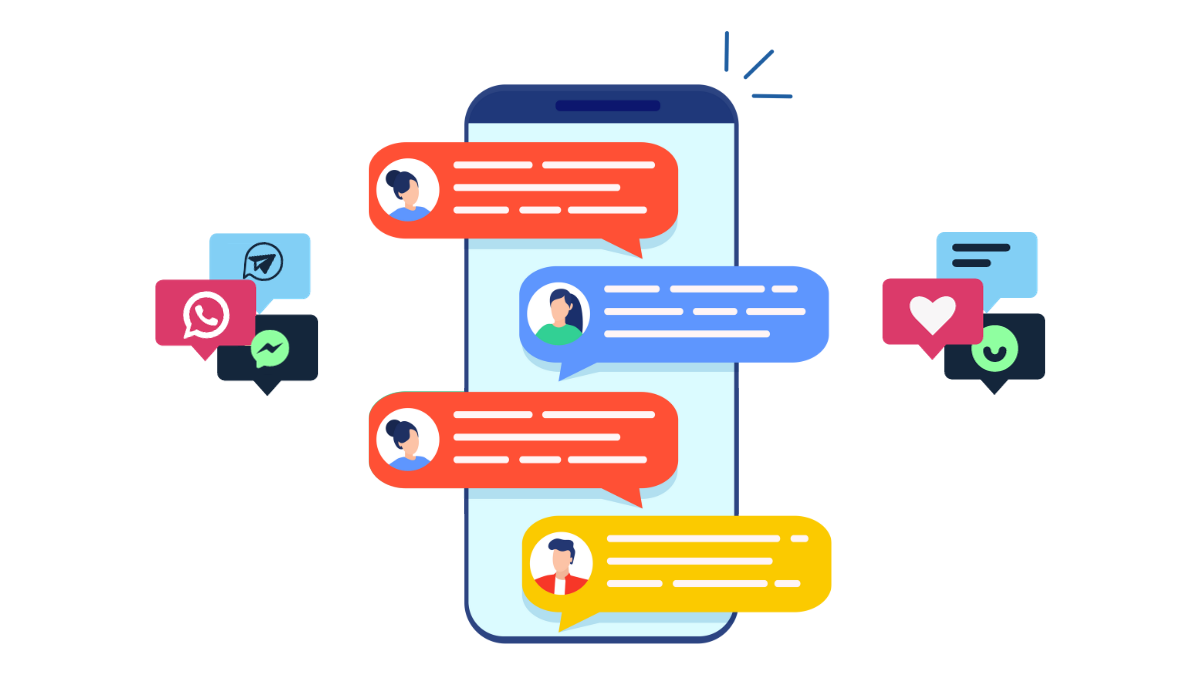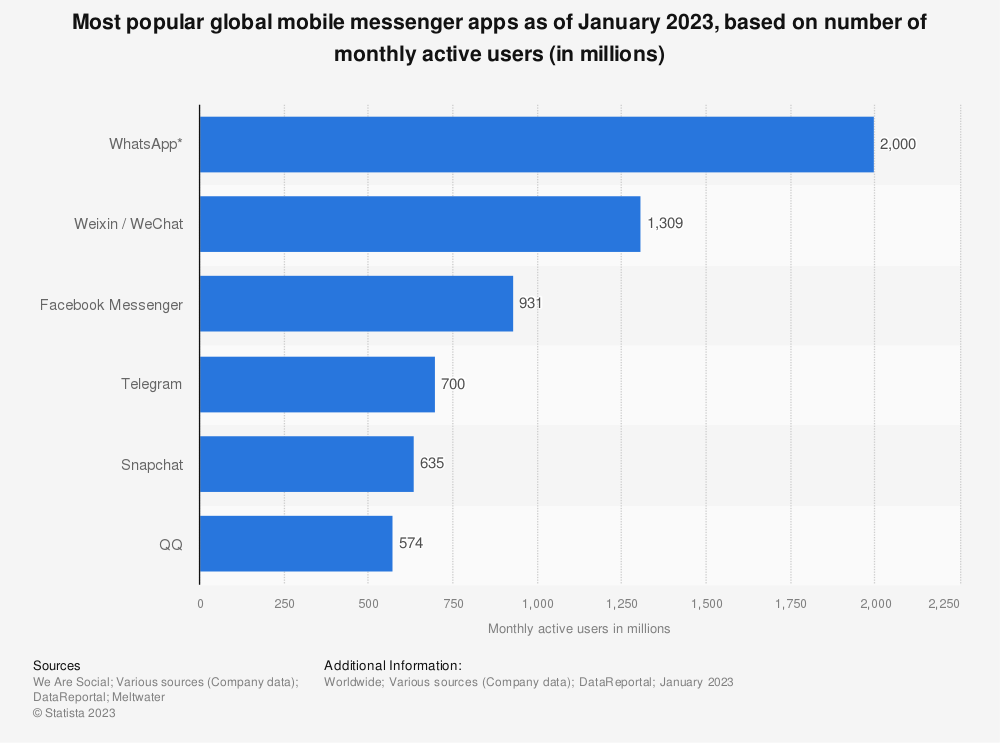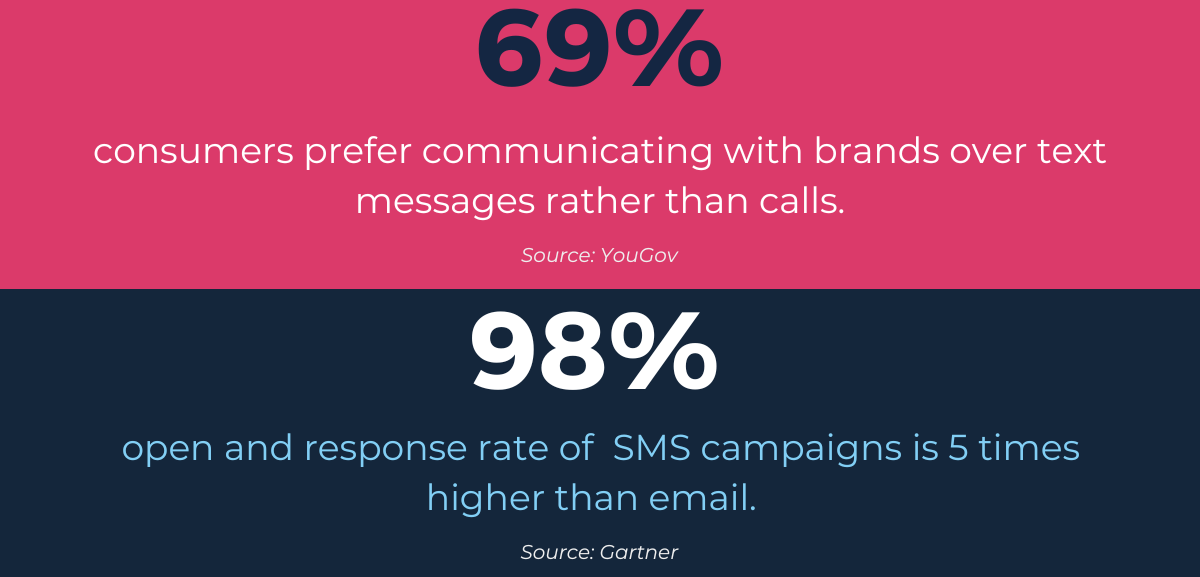Past Event: Nov 20, 2025
Decoding the Future of Customer Engagement
Strategy Workshop at Churchill War Rooms
1 min read

Author: Andy Stevens
5 min read
Let’s get the Jargon out of the way; we all use Asynchronous Messaging applications in our daily lives, we just know them by different names, such as SMS, WhatsApp, Facebook Messenger, Apple iMessage and WeChat, to name a few.
Asynchronous Messaging provides the ability to communicate back and forth, without staying active and more importantly without losing context. It offers convenience for customers as they can start, pause and resume a single conversation thread.
In a customer service scenario, asynchronous messaging provides additional currency (multi-tasking) for service agents, as they can serve more customers by utilising the interaction gaps.
We are living in a world where people are constantly connected to each other with apps like WhatsApp, Facebook Messenger, iMessage (Apple) and WeChat. According to WhatsApp, around 175 million people send messages to WhatsApp business accounts daily.

Messaging apps are popular because they are conversational, convenient and most importantly contextual. These attributes make these platforms ideal for customer service, as customers are willing to interact with brands in the same way they do with their family and friends.
This is reflected in recent studies that show consumers prefer communicating with brands over messages rather than calls, and messaging campaigns perform 5 times better than emails.

Experience-driven brands have got the message (excuse the pun); they are reducing their dependency on traditional service channels and investing in interactive, self-serve channels.
Customers want to be able to reach out to their brands, anytime, just like they do with their friends and family, no matter how complex the service issue. Why would you want to stay at your laptop screen or hold onto the phone, when you can share your service issue while watching your favourite show or walking your dog?
In the past, brands were not able to capitalise on the capabilities of these solutions at scale. However, the sudden spike in self-service demand during the Covid pandemic, increased consumer demands for flexibility and the dwindling interest in traditional engagement channels have pushed companies towards a message-first approach, with asynchronous messaging to serve customers on their application of choice.
Let’s look at some of the benefits of incorporating asynchronous messaging channels and how it can elevate your service experience.
90% of customers expect their interactions to be consistent across all channels.(Source)
Customers are using various channels to interact with brands and it’s the job of a brand to deliver a consistent service experience across them all.
Where customers traditionally stuck to phone, email and then SMS as preferred channels for resolving service issues, the popularity and prevalence of asynchronous messaging apps such as Facebook Messenger, WhatsApp, and Apple iMessage has led this to be an important consideration for organisations, who want to please and meet customer expectations for channel choice. By bringing interactions on these channels alongside the traditional channels, and surfacing with a single agent application and user experience, Organisations can meet their customers on their preferred channels.
72% of respondents expect agents to know who they are, what they’ve purchased and have insight into their previous engagements. (Source)
Context is the key ingredient of a great service experience. Asynchronous messaging provides customer service agents with context by maintaining a record of all interactions relating to an issue within a single thread, eliminating inefficient repetition, and allowing agents to pick up queries with ease and re-engage with a satisfactory response. Customers can share their service issues even outside an Organisation's core service hours, without worrying about repeating the same information later and agents get the opportunity to gain insight into customer pain points and previous interactions without putting them on hold. This is great from an enterprise perspective as it changes the transactional nature of service to active engagement.
Live chats fully handled by chatbots receive slightly higher satisfaction ratings (87.58%) than those that have to be transferred to a support agent (85.8%). (Source)
Companies can deliver experience improvements and gain unparalleled efficiencies by using AI-powered bots to handle common enquiries and requests. These bots can also be used to eliminate the agent from the information-gathering phase of the service enquiry. By deploying these bots over more convenient channels (Messaging apps vs the traditional website chat icon where a customer must keep the connection open at all times), brands can further increase the scope to automate repetitive tasks and queries.
Customers get their issues resolved faster, while agents save their valuable time; it’s a win-win.
Average customer service phone call costs about $16, whereas the average text thread costs between $1 to $5 per interaction - and chatbots can be virtually free. (Source)
With a message-first approach, well-designed AI-powered bots can do the majority of the heavy lifting for after-hour service queries from customers and direct them to valuable resources which support issue resolution without the need for agent intervention. This frees up service agents for more complex and specialised tasks; serving more customers, faster, dramatically reducing the cost and resources needed to serve customers at a higher level.
95% of people say they would prefer slower support if it meant the quality of help was higher. (Source)
There will always be complex queries that need the intervention of various departments before a successful resolution. The continuous, long-running, nature of the interactions, allows agents to liaise with their colleagues/departments (invisible to customers) to get advice on complex matters, without putting customers "on hold". The result should be better outcomes for customers who receive accurate answers and resolution to their issues, in a convenient manner.
The average customer satisfaction rating for live chat globally is 83.1%. (Source)
There is no brand, without a customer. That’s why it's important for brands to pay attention to Customer Experience metrics to gauge what their audience truly feels about their service. When you serve customers on their own terms they’re likely to reward you with repeat business and loyalty. Additionally, building concurrency within your platform will free up your staff’s schedule and boost morale.
Here at Boxfusion, we have been working closely with brands for a number of years to navigate these emerging trends and the new technology enabling the latest great customer experiences. Working closely with Oracle's Customer Experience technology, we help customers integrate the most widely used Messaging apps into a coherent customer service offering.
We'd be happy to help you on your journey too.
Strategy Workshop at Churchill War Rooms
1 min read
1 min read
1 min read